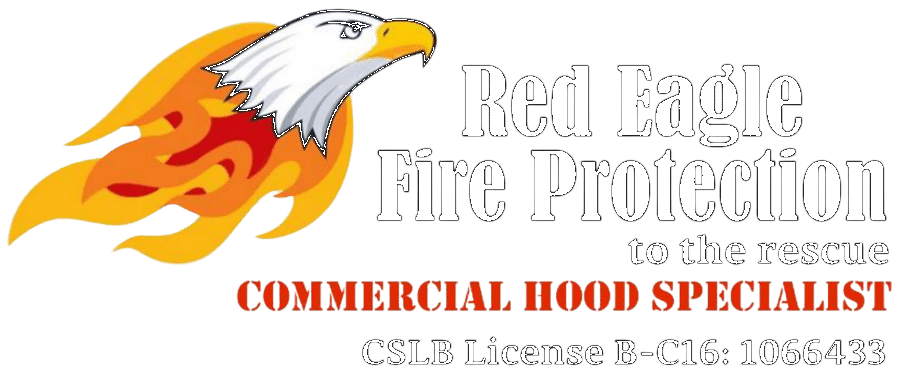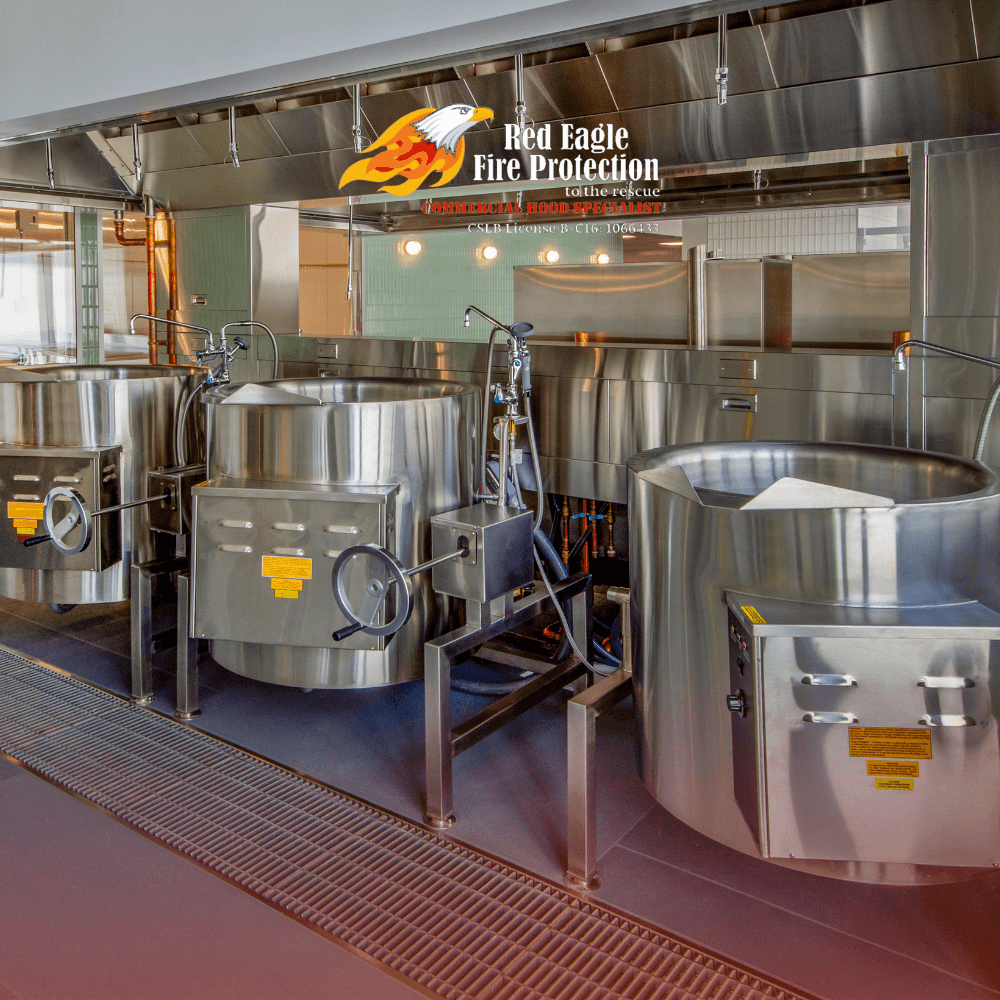Proper kitchen exhaust hood installation is critical to maintaining fire safety in any kitchen, whether residential or commercial. Trained installers play a key role in ensuring that your kitchen ventilation system meets all necessary fire safety standards, reducing the risk of fire hazards. In this article, we’ll explore how professional installers ensure that your kitchen exhaust hood is installed correctly and in compliance with local fire safety regulations.
The Role of Trained Installers in Kitchen Exhaust Hood Installation
When it comes to kitchen exhaust hood installation, trained professionals understand the intricate details of ventilation systems and fire safety protocols. They follow specific guidelines to ensure that your exhaust hood is properly installed, allowing for effective removal of heat, smoke, and grease-laden vapors. This not only keeps your kitchen running efficiently but also protects it from potential fire hazards.
How Trained Installers Ensure Fire Safety Compliance
Here are some ways professional installers help ensure that your kitchen meets fire safety standards:
- Proper Ductwork Installation: Ductwork must be installed using fire-resistant materials and in a configuration that promotes efficient airflow. Trained installers ensure that ducts are properly positioned to reduce the buildup of grease, which is a significant fire hazard in kitchens.
- Correct Grease Filter Placement: Grease filters trap grease-laden vapors before they enter the duct system. Improper placement can lead to grease accumulation, increasing the risk of fire. Professional installers ensure that grease filters are installed and maintained according to fire safety regulations.
- Integration of Fire Suppression Systems: In commercial kitchens, fire safety codes often require the installation of automatic fire suppression systems alongside the exhaust hood. Trained installers ensure these systems are properly integrated and capable of extinguishing fires before they spread.
- Ensuring Compliance with NFPA 96: The National Fire Protection Association (NFPA) 96 outlines the standards for ventilation control and fire protection in commercial cooking operations. Trained installers ensure your kitchen exhaust hood complies with NFPA 96, reducing the risk of fire and ensuring legal compliance.
Benefits of Hiring Trained Installers for Kitchen Exhaust Hood Installation
By hiring trained professionals for kitchen exhaust hood installation, you gain several key advantages:
- Fire Hazard Prevention: Professional installers are well-versed in fire safety protocols, ensuring that all components are installed correctly to minimize the risk of grease fires and other kitchen hazards.
- Compliance with Local Codes: Trained installers ensure your kitchen exhaust system meets local fire safety codes, helping you avoid fines and shutdowns.
- Improved System Efficiency: Proper installation ensures that your ventilation system operates at peak efficiency, keeping your kitchen air clean and reducing the risk of fire.
- Long-Term Safety: Professional installers provide guidance on maintaining your kitchen exhaust system to ensure long-term compliance with fire safety standards.
Conclusion
Trained professionals play a crucial role in ensuring that kitchen exhaust hood installation is done correctly and in accordance with fire safety standards. By hiring skilled installers, you can rest assured that your kitchen is protected from fire hazards, operates efficiently, and remains compliant with all relevant fire safety regulations. Don’t compromise on safety—choose professional installation to safeguard your kitchen.
READ MORE:

